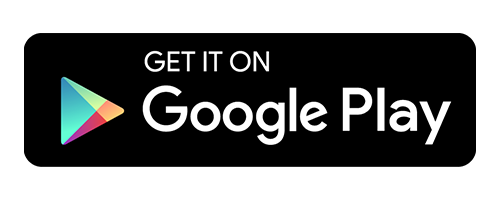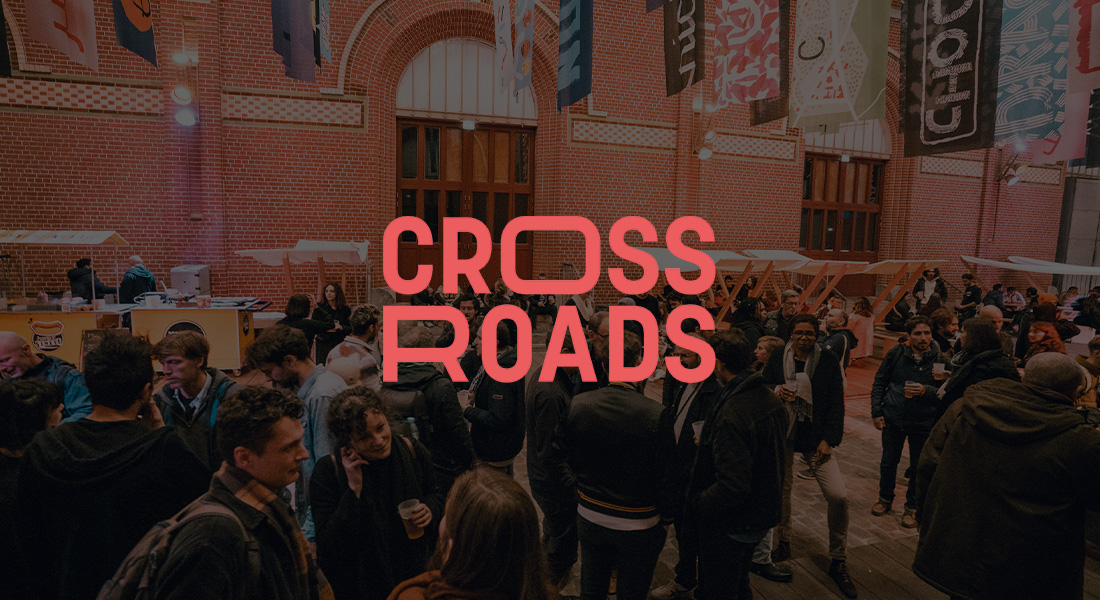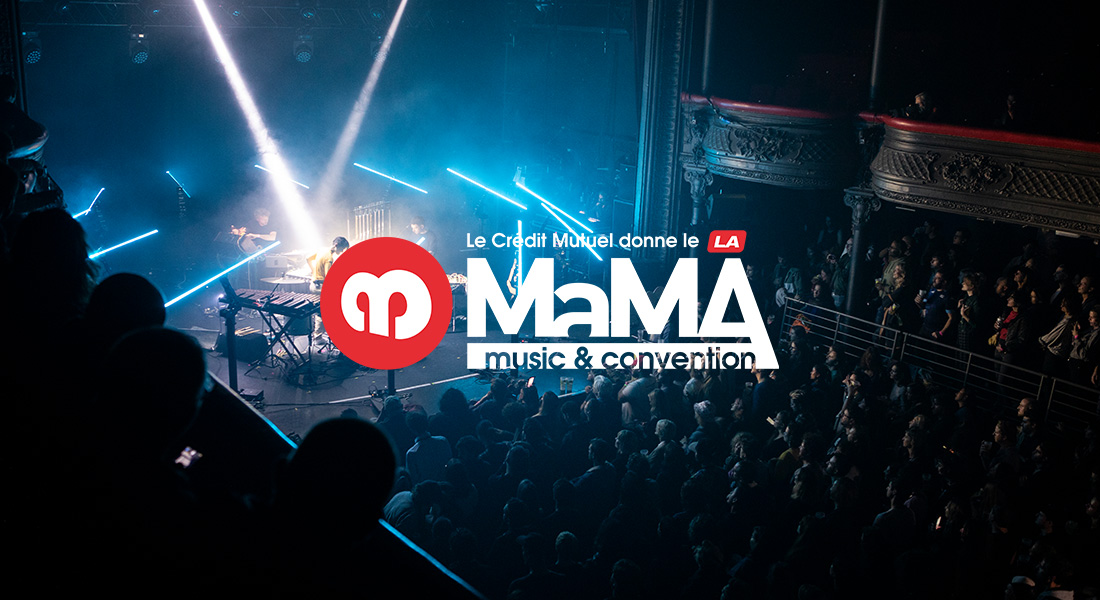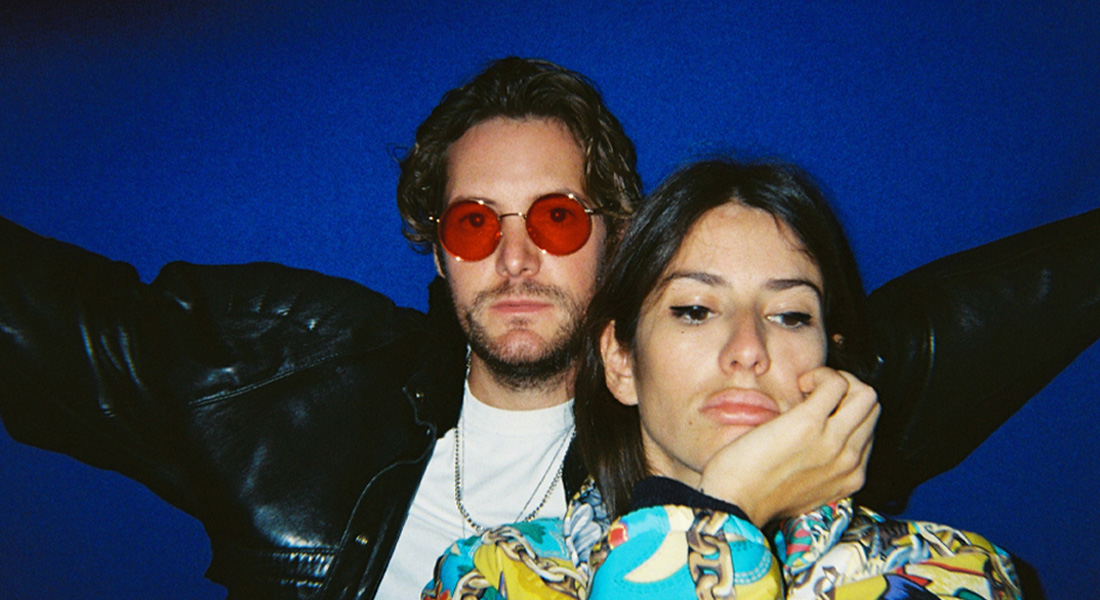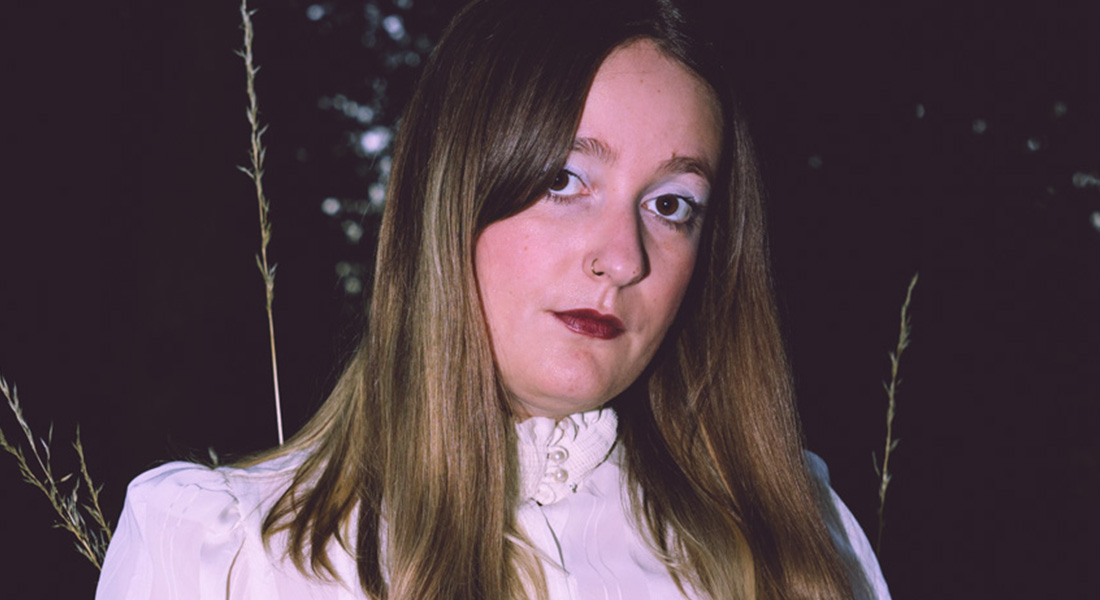Some artists impress us with their determination, others with their music, and others still with their past experiences, and Minihi falls into these three categories. They are trained musicians as well as renowned artists who have played for the greatest – from Agnes Obel to Thom Yorke and even Lady Gaga – Minihi impresses us with their career, but their music impresses us even more. Signed first on Deutsche Grammophon, the record label that releases Agnes Obel’s works, they are signed today on the independent label Unperceived Records. With their music, they transport us and make us go through emotional nuances of various kinds, and they do so by using neoclassical composition techniques. We have taken the opportunity to ask them a few questions about the release of their first album “Recaptures” – an interview to read right after having listened to the masterpiece that is “Recaptures”.
1. Hi Minihi ! Thank you for accepting to answer our questions ! Would you mind introducing yourselves in a few words for those who don’t know you yet ?
Minihi : Hi Haumea ! We are Minihi (Louise Anna Duggan and Zands Duggan). We are both composers and multi-instrumentalists living in London. We write instrumental music which fills a space somewhere between the electronic and classical spheres. We also happen to be married to each other!
2. You have had the privilege of working alongside renowned artists around the world, often by playing live with them. Louise, you’re the drummer for Agnes Obel, can you tell us more what got you to play with her ?
Louise : Sure, so Agnes was looking for a classically trained percussionist who sings and plays other instruments for her European tour in 2017 and luckily I fit the bill and I’ve been playing with her ever since. When we toured Citizen of glass in 2017 I also played Dulcimer (a type of zither, editor’s word) in the group, but now I play more electronics in addition to percussion and vocals. I really love playing her music.
3. On your end, Zands, you’re playing alongside the rock band Melt Yourself Down, which is far away from the neoclassical works you’ve presented in Recaptures ! What brought you to play with them ?
Zands : From a young age I’ve always had a great interest in Cuban, Brazilian and Middle Eastern hand drumming, which is a skill I developed during my time at Berklee and travels to Cuba. The Melt Yourself Down gig is something I jumped at as it allows me to continue to play these instruments whilst exploring new rhythms and techniques that work within the band’s high energy and multi-faceted sound.
4. And together, you’ve played for worldwide renowned artists such as Lady Gaga, and even Them Yorke for his studio album “Anima”. How did you end up playing for them, and did that help you in the Minihi project in any way ?
Z : The Lady Gaga experience was interesting to say the least as I was booked by an agent the day before a live TV broadcast. I thought i’d be playing some additional percussion as part of a larger band but when I arrived, I quickly realised that it was to be a duet between the two of us which we had to arrange that morning! I can’t say that I’m a die hard fan of her music, but it was a fun day and her live voice was incredible! Thom Yorke however is a musical hero for both of us and we felt very privileged to have played on such an amazing record as part of the London Contemporary Orchestra. We both got a call to come to Air Studios to play textural bowed vibraphone and tuned wine glasses. We didn’t know it was for Thom Yorke’s new record until we arrived and saw him and Nigel Godrich in the control room! Working with other composers and performers from classical to jazz and pop feed into Minihi as we take inspiration from everything we hear, see, read and experience.
5. About the Minihi project this time, when did you start composing together ? And what are your main influences ?
L : We have been composing together for over 10 years, having worked on numerous theatre shows, video games and short films together. In 2018 we decided that it was time to write our own personal music to express our collective influences and experiences. This is how Minihi started. We both studied at the Guildhall conservatoire in London – so both played the music of repertoire giants Reich, Cage and Xenakis. Zands took a year out at Berklee in Boston learning all about hand percussion, and I have played a lot of early music, arabic percussion and vocal music throughout my career. Our backgrounds combined are already quite a melting pot. We are hugely influenced and inspired by artists and bands which defy genre, and constantly evolve. To name a few of these – Son Lux, David Byrne, Rival Consoles, Caribou, Jenny Hval, Hannah Peel and Brian Eno.
6. In mid-march of this year, you’ve released an incredible first album ‘Recaptures’ with Berlin-Based ‘Unpercieved Records’ and your debut track ‘Tokaido’ came out on the Deutsche Grammophon label – which also releases Agnes Obel’s works. Your record tells stories (without lyrics) of various memories, places and buildings, all located in different countries in the world and sometimes having no connection with one another. What does ‘Recaptures’ mean ? I see it as the fact that you decided to give your own rendition of those places & moments, capturing them not through photography, but through sounds & vocals ?
Z : Narrative is important to us because it fires up the creative juices and gives meaning to our work, and with this record we wanted to recapture the feeling of certain experiences which have had a big impact on us, conveying them in sound. A memory is a personal and subjective impression, and memories often change and evolve. This is also true of how people experience music, with each individual experiencing it differently. So for us, each track is a personal rendition of a memory and a feeling, and for anyone listening, they experience an impression of that feeling, and it could well take on a totally different meaning to them, but that’s ok because that’s the nature of memory and perception.
Similar to Minihi : Jessica Roch fuses ancient & modern music eras on her first neoclassical EP, called “Power Dynamic”
7. I want to take some time to review with you some of the tracks of “Recaptures”, starting with the intro track, “Lost Takeno”. It bears a name that sounds Japanese, and for good reason : you’ve composed this track with sounds that were recorded in a Japanese street you both had visited years ago. What made you want to compose such a track ? Are you often inspired by your surroundings ?
L : We are hugely influenced by our surroundings. Lost Takeno (and our debut track Tokaido) were written about a trip we took to Japan in late 2018 which left a real impression on us. Lost Takeno in particular was written about the day we visited a little seaside fishing village called Takeno on a stormy day, well off the tourist trail. Huge birds of prey were circling overhead and waves were crashing against the brutalist sea defences. We hardly encountered any other humans that day… it was like a ghost town with all the shutters down. It was eerie, fascinating and incredible to feel like we had the town all to ourselves. We had to capture this experience in sound.
8. Moving on to “Hallowed Halls”, a track that pays tribute to ancient, history-filled architecture. What attracts you to architecture, and moreover, what made you want to translate its features into music ?
Z : We like architecture because it is Art which is totally functional. In the same way as music, it totally surrounds you, and it’s up to the individual how much you pay attention to this fact. The activity that goes on in the building is also a reflection of that design, and therefore the design itself influences human behaviour inside it. Over the pandemic, the function of these buildings became redundant. What we were left with were monuments to centuries/decades of activity lying dormant, but their function was gone, and so were the humans. What is architecture without humans? This we wanted to explore in sound.
9. I then would like to jump to “Phemie’s Walk” which tells the story of a shared memory of you two. I find that there’s always a sweet, quiet poetry when artists decide to share intimate memories, especially when they share difficult ones. Is it easy to do so, when there are no lyrics to describe such events, or it is still difficult to do so ?
L : This track was written about the final walk I had on a remote trail in the Scottish Highlands with my Dad Chris and my Sister before he became ill. I wrote the bulk of the track on the first anniversary of his passing, without planning to do so. I knew I wanted to write a track about this incredibly hard time for my family, but there was no easy way to do it. When you look back, some memories loom larger than others. This was one of those memories. It was a beautiful day, the landscape was breathtaking, I was so happy to be in the company of two members of my family, but there was an underlying feeling that something was not quite right. I suppose writing can be a way of processing difficult memories, and can actually be quite therapeutic. After writing that track, it felt like a weight had been lifted off my shoulders. For me, it’s easier to convey emotion without lyrics because you don’t have to translate the emotion into a language, it’s just there, and it’s raw.
10. Finally, I’d like to know more about the ending track “Three Portals”, a track which, despite being haunting at first, gets pretty intense, leaving us with a feeling of hope for an unknown cause. The music itself also reminds me a lot of some video game soundtracks. What are these three portals ? And are you in any kind of way inspired by soundtracks (whether they are video game OSTs or movie OSTs) ?
Z : Three Portals is a collage of sorts and started off with the middle section, a vibraphone and piano duet. We then added the first section, which is this big build of pianos, bells, low drums and synthesisers playing tremolos. We felt it needed to be balanced out and added the last section. Each portal had a distinct flavour, and to us the first portal felt distant, huge, weighty and represented the past. The middle portal (the present) is intimate and close, and the last is celestial and dreamy and felt like the future. Three Portals is essentially a musical interpretation of time. We definitely are big fans of OST’s. We are both really into the Mandalorian soundtrack by Ludwig Göransson at the moment. It’s an incredible piece of work which is in perfect harmony with the onscreen action.
11. I know you’ve just released this album, but what else is planned in the near future for you two ?
More performances! We launched our album with an online live-stream and we just can’t wait to get in front of an actual audience and play it again. We are also writing away. New material is always brewing.
12. Finally, which artist are you currently keeping an eye on, and why ?
Jay Chakravorty, an electronic/classical artist who has just released an incredible debut album, ‘A map with no memory’. It’s truly unique.
Minihi is to be found on all streaming platforms. You can also follow them on Instagram !
– discovered through Groover.


